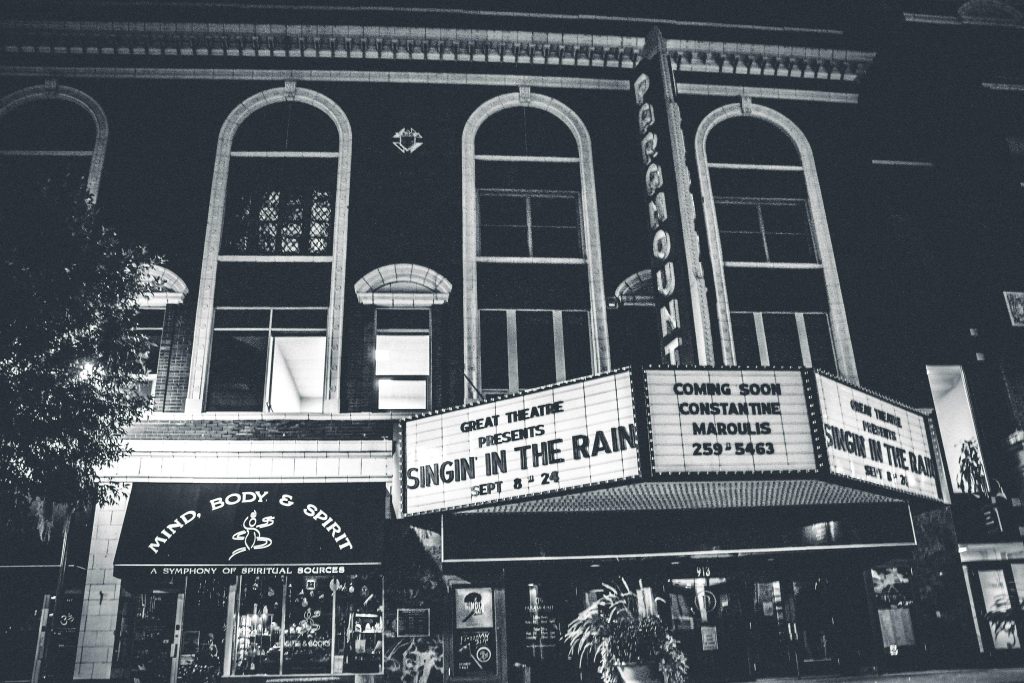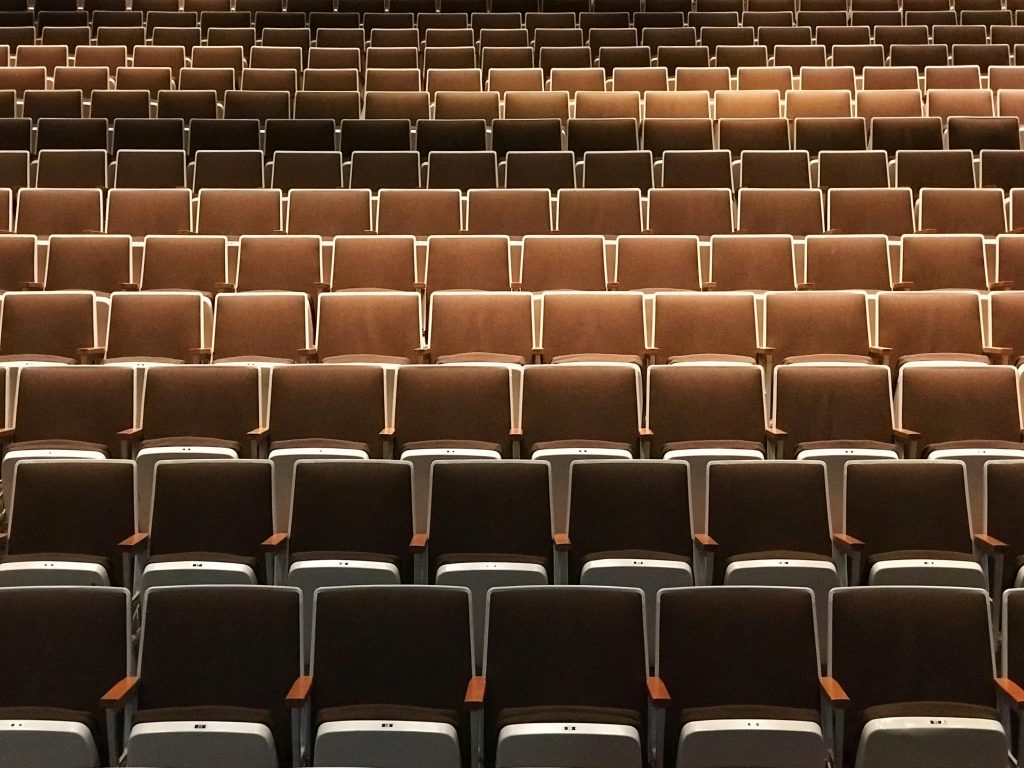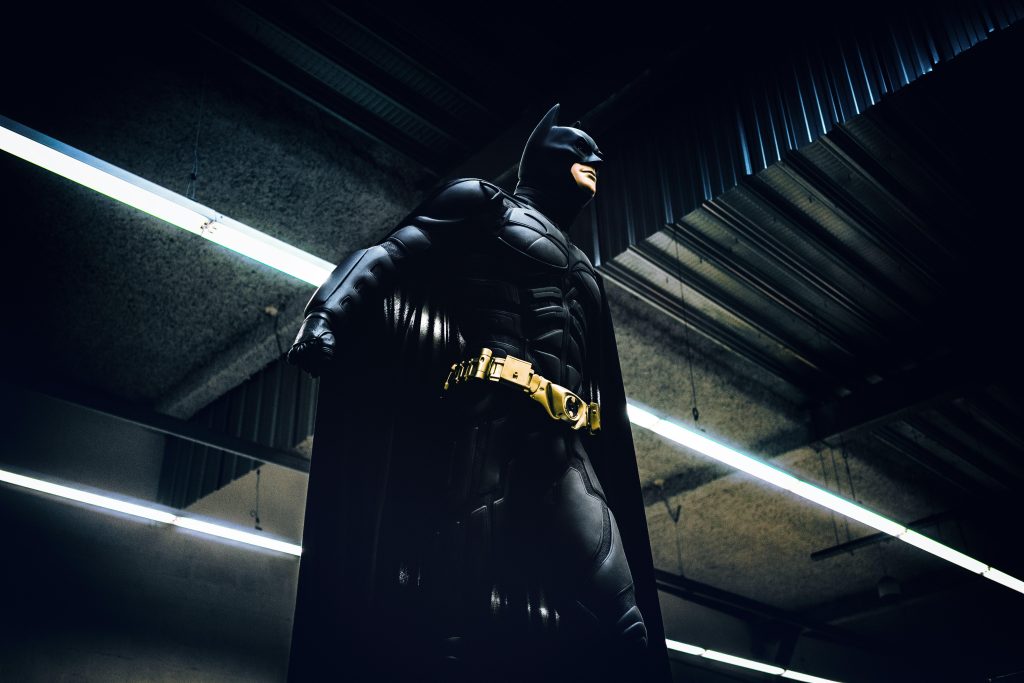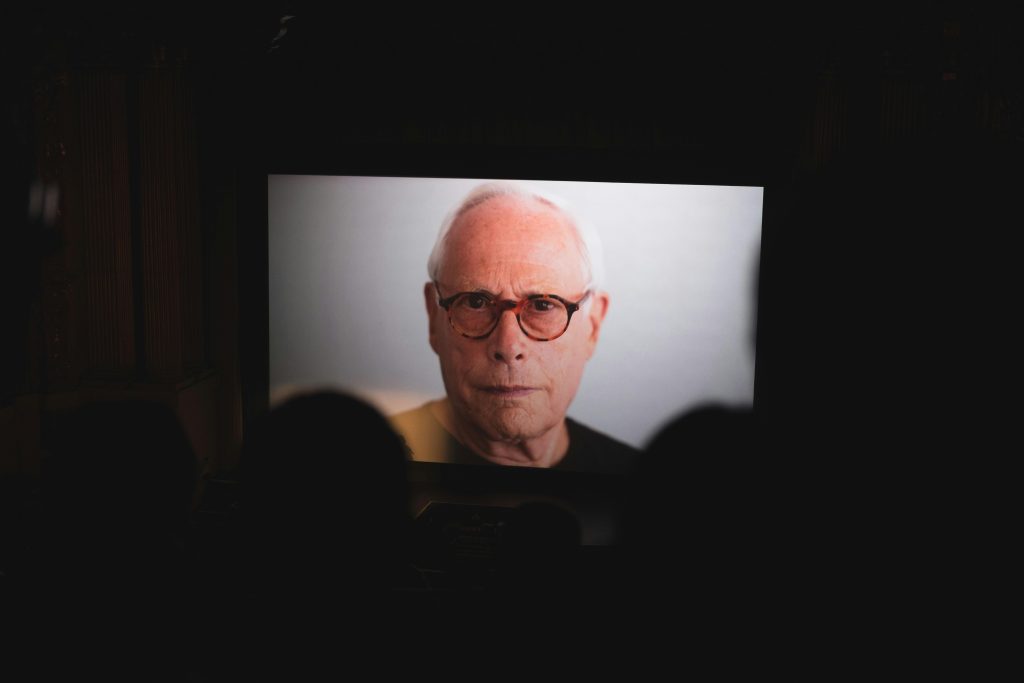In an era where cinematic storytelling often mirrors the rapid pace of modern life, the deliberate and expansive narrative of David Lean‘s “Lawrence of Arabia” presents a unique conundrum for contemporary audiences. This iconic film, celebrated for its sweeping vistas and epic scale, stands as a testament to the art of patience and meticulous detail. Yet, as viewers today are increasingly accustomed to the brisk tempo of digital media and fast-paced editing, the question arises: does “Lawrence of Arabia” still captivate, or has its grandeur been overshadowed by the demands of modern storytelling? In this exploration, we delve into the timeless allure and potential challenges of Lean’s masterpiece, examining whether its measured rhythm continues to resonate or feels out of step with today’s cinematic expectations.
Pacing in Classic Cinema A Timeless Art or Outdated Practice
In an era where quick cuts and rapid-fire storytelling dominate the silver screen, the deliberate pacing of classic cinema can feel like a relic from a bygone age. Yet, films like Lawrence of Arabia invite audiences to immerse themselves in a visual and emotional journey that unfolds at a majestic pace. This epic masterpiece is not just a film; it’s a meditative experience. Here, the desert itself becomes a character, demanding time and attention to reveal its secrets. For some, this can be a refreshing change from the frenetic energy of contemporary blockbusters, offering a chance to savor each scene and contemplate the grandeur of its narrative.
- Visual Storytelling: Every frame is meticulously crafted, offering a feast for the eyes.
- Character Development: The gradual unfolding allows for deep, nuanced character arcs.
- Epic Scope: The expansive runtime gives the story the breadth and depth it demands.
Yet, for modern audiences accustomed to a different rhythm, this leisurely approach may feel alienating or even tedious. The challenge lies in balancing appreciation for these cinematic techniques with the expectations of today’s viewers. Does the slow burn of Lawrence of Arabia enrich the storytelling, or does it test the patience of a generation raised on instant gratification? The answer might depend on one’s willingness to engage with the film on its own terms, embracing its slower pace as a deliberate artistic choice rather than an outdated practice.
Character Development versus Instant Gratification
In an age where cinematic experiences are often reduced to rapid cuts and action-packed sequences, the art of character development can feel like a slow burn, especially when juxtaposed with the allure of instant gratification. Lawrence of Arabia, with its sprawling desert landscapes and contemplative pacing, invites viewers to embark on a journey of introspection and evolution. The film prioritizes a deep dive into the complexities of T.E. Lawrence’s character, allowing audiences to witness his transformation over time. This deliberate pacing may challenge the expectations of modern viewers accustomed to immediate payoffs, yet it offers a rich tapestry of narrative depth for those willing to invest their attention.
- Deep Character Exploration: Rather than relying on quick thrills, the film delves into the psychological intricacies of its protagonist.
- Narrative Patience: Encourages viewers to savor the unfolding story, much like a fine wine that reveals its nuances over time.
- Cinematic Artistry: The expansive shots and detailed settings demand a viewer’s full engagement, offering a visual feast that rewards patience.
While some may argue that the film’s pace is a relic of a bygone era, others may find that its commitment to character development offers a refreshing contrast to the ephemeral nature of contemporary cinema. It’s a testament to the timeless power of storytelling that challenges audiences to look beyond the surface and appreciate the journey as much as the destination.
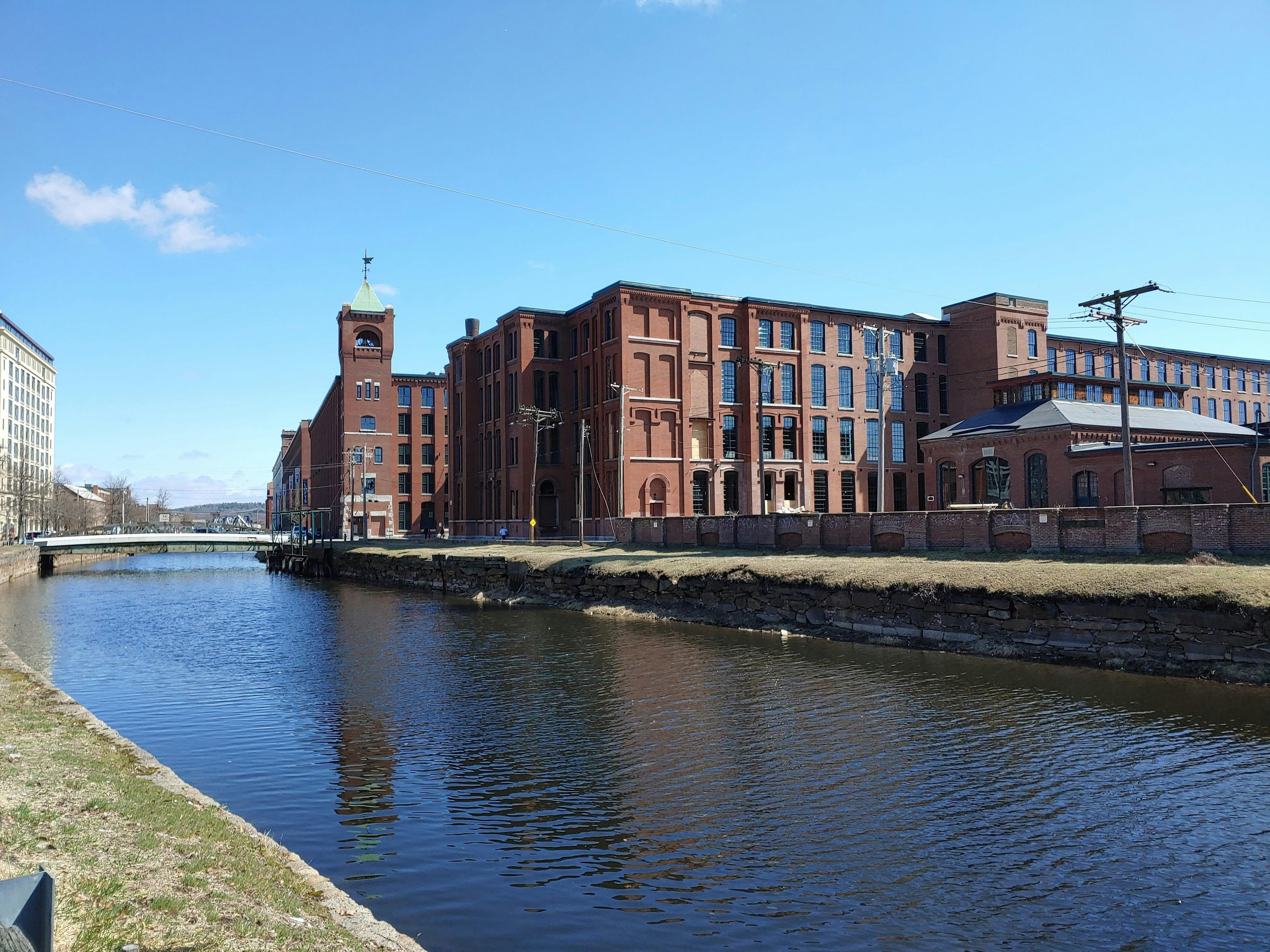
Visual Spectacle in a Fast-Paced World
In an era dominated by rapid edits and digital effects, David Lean’s epic masterpiece challenges our perception of what cinema can achieve. The film’s sprawling desert landscapes and meticulously crafted scenes demand patience, a trait increasingly rare in our current cultural climate. While modern films often rely on quick cuts to maintain audience engagement, this classic opts for long, sweeping shots that allow viewers to fully immerse themselves in the vastness of the Arabian desert. This approach might seem sluggish to some, but it’s a deliberate choice that encourages a deeper connection with the story and its characters.
- Cinematic Grandeur: The film’s visual storytelling is a testament to the power of cinema, offering a feast for the eyes with its breathtaking cinematography.
- Character Development: The slower pace allows for nuanced character exploration, providing insights into the complexities of T.E. Lawrence’s journey.
- Historical Context: The film serves as a window into a pivotal moment in history, presenting events with a level of detail that is often glossed over in contemporary storytelling.
Ultimately, whether Lawrence of Arabia resonates with modern audiences may hinge on their willingness to embrace a different rhythm, one that values reflection over instant gratification. The film’s enduring legacy suggests that its allure transcends the constraints of time, offering a rich tapestry of visual and narrative elements for those who seek it.

Reviving Epic Narratives for the Contemporary Viewer
In an era dominated by quick cuts and fast-paced storytelling, the deliberate and expansive pace of Lawrence of Arabia might initially seem out of step with contemporary viewing habits. However, its enduring allure lies in the art of storytelling that defies the constraints of time. Modern audiences, accustomed to instant gratification, might find themselves challenged by its lengthy scenes and nuanced character development, but therein lies its power. The film invites viewers to savor every frame, offering a visual and emotional journey that rewards patience and attention to detail.
- Epic Scale: The sweeping landscapes and majestic cinematography create an immersive experience that few modern films can replicate.
- Character Depth: The intricate portrayal of T.E. Lawrence, with all his complexities, provides a rich narrative canvas that unfolds gradually, encouraging reflection.
- Historical Context: Its commitment to historical accuracy and depth of story offers a window into a past era, inviting a contemplative viewing experience.
While it may challenge the tempo preferred by today’s audiences, the film’s meticulous attention to detail and profound storytelling serve as a reminder of the cinematic experiences that reward viewers who are willing to engage deeply. Rather than dismissing it as ‘too slow,’ perhaps the question should be how we can cultivate a viewing culture that appreciates the art of patience in storytelling.


